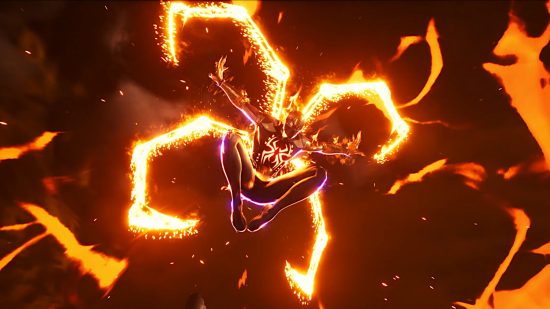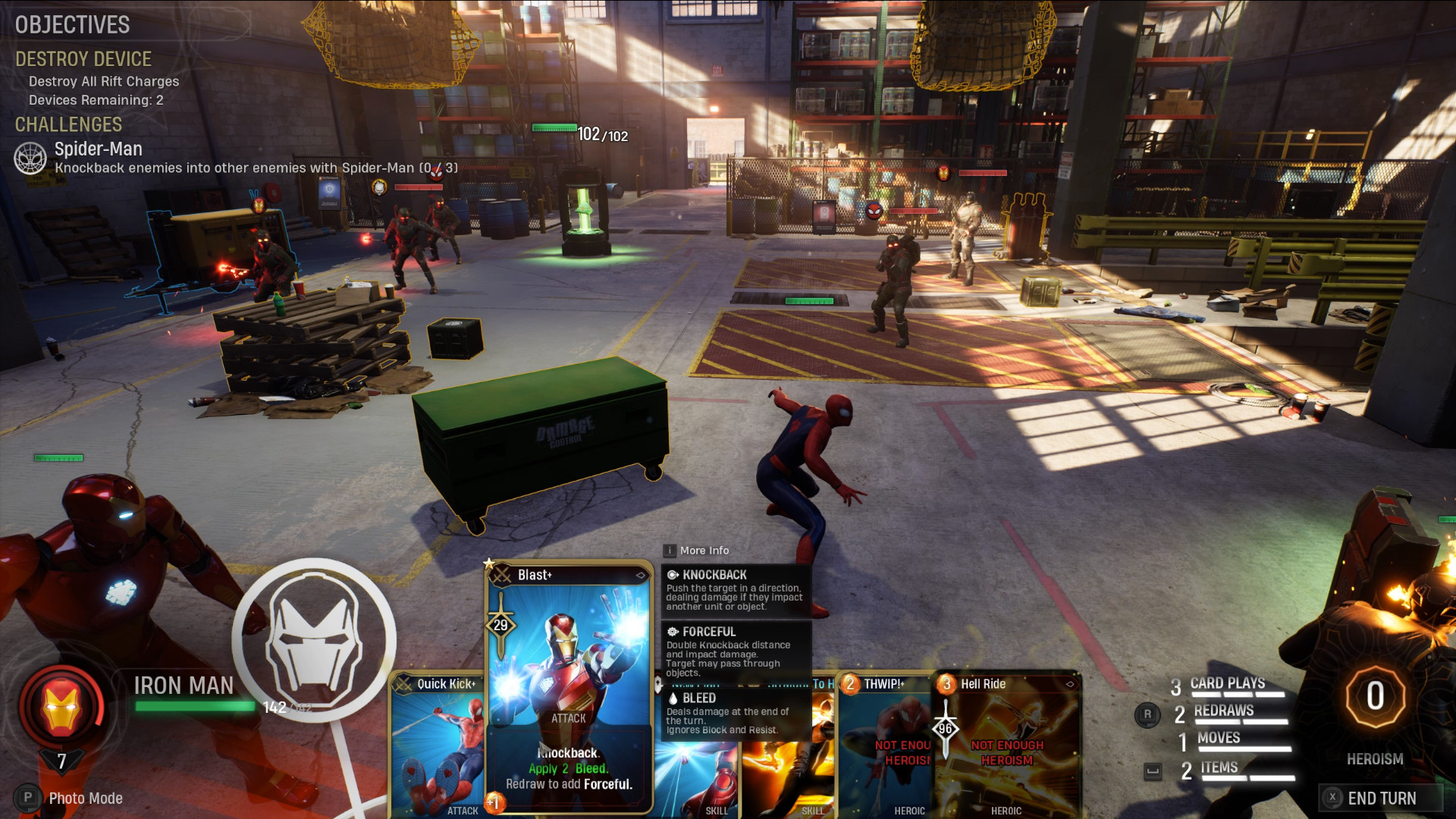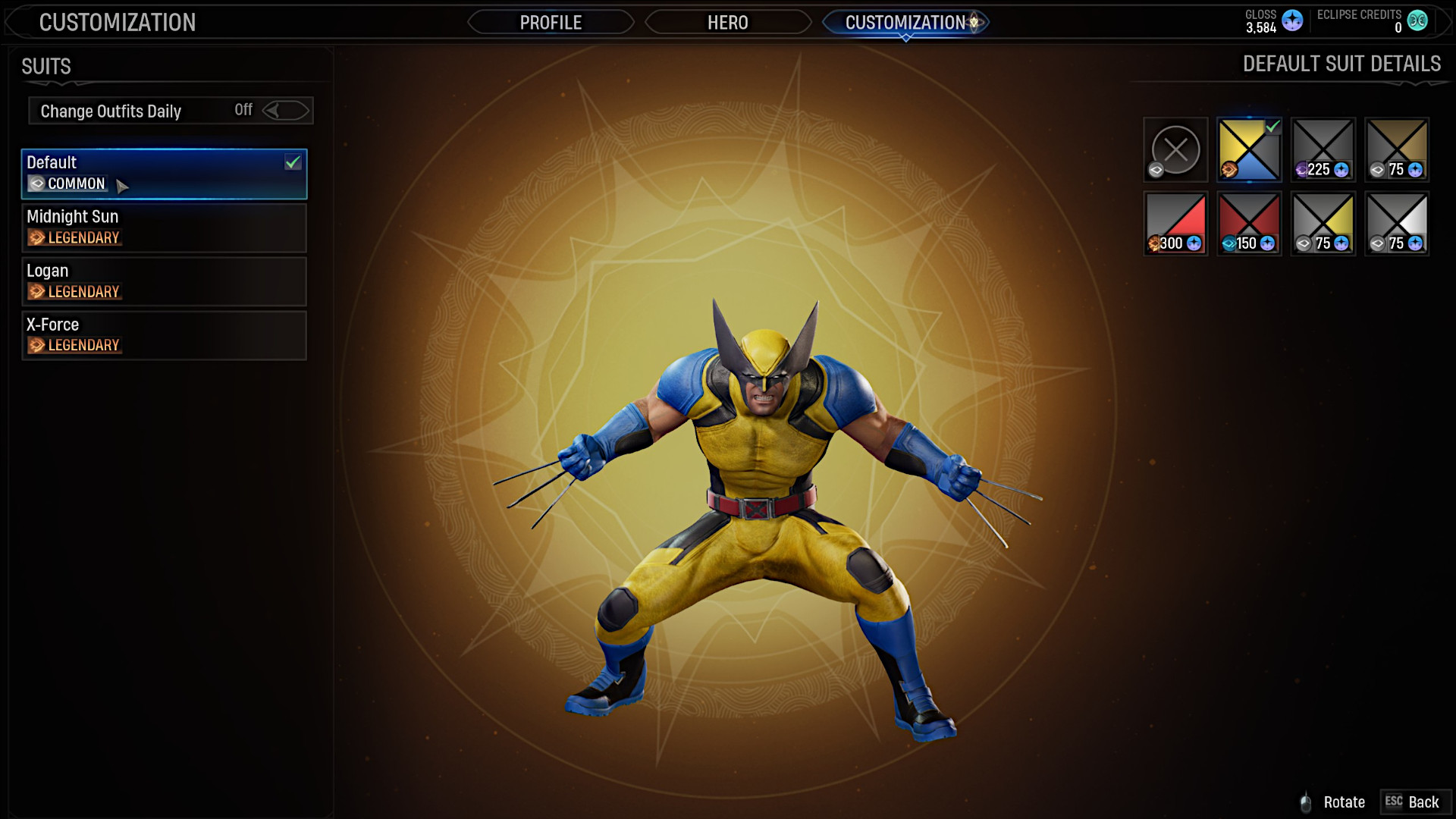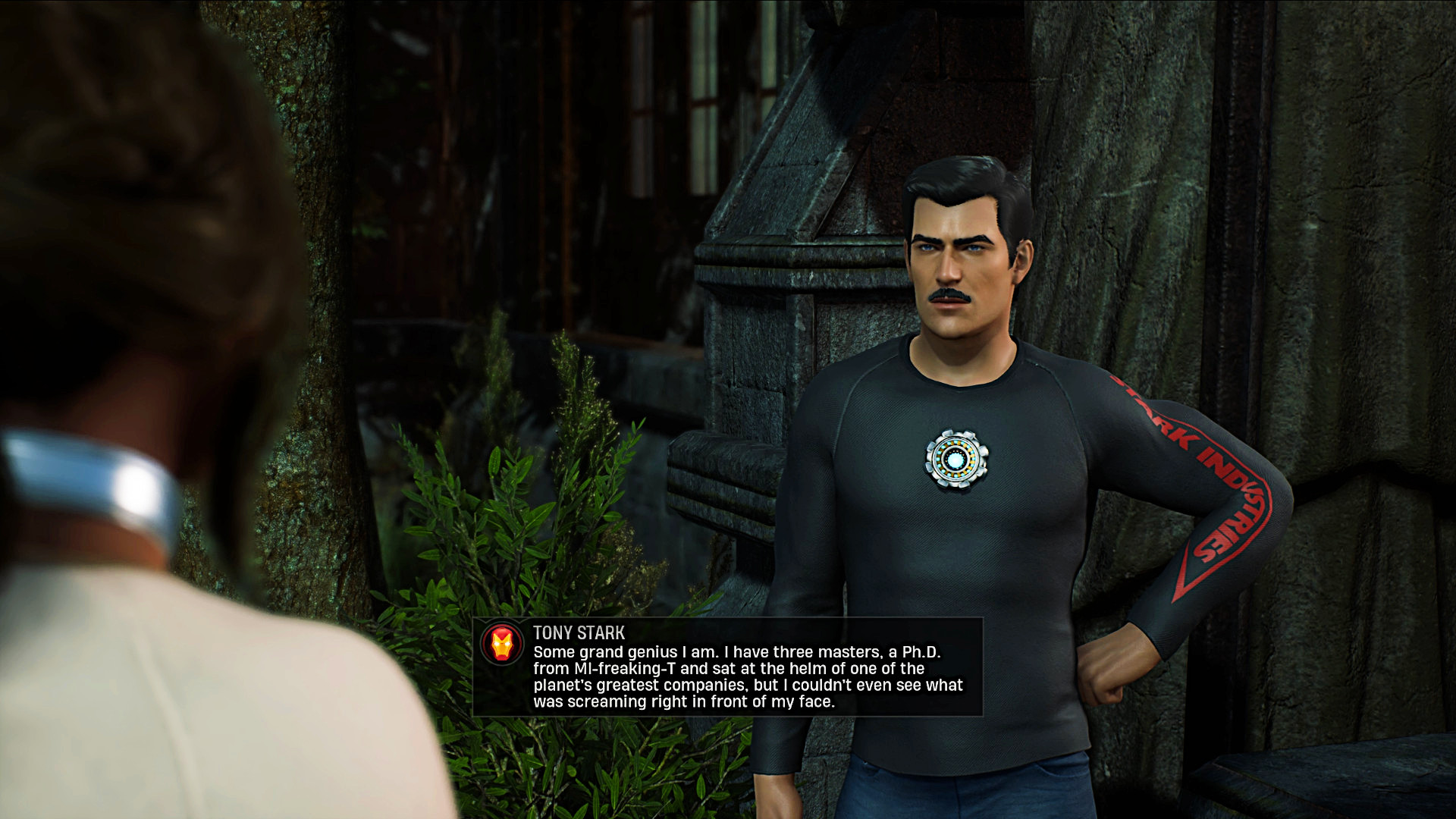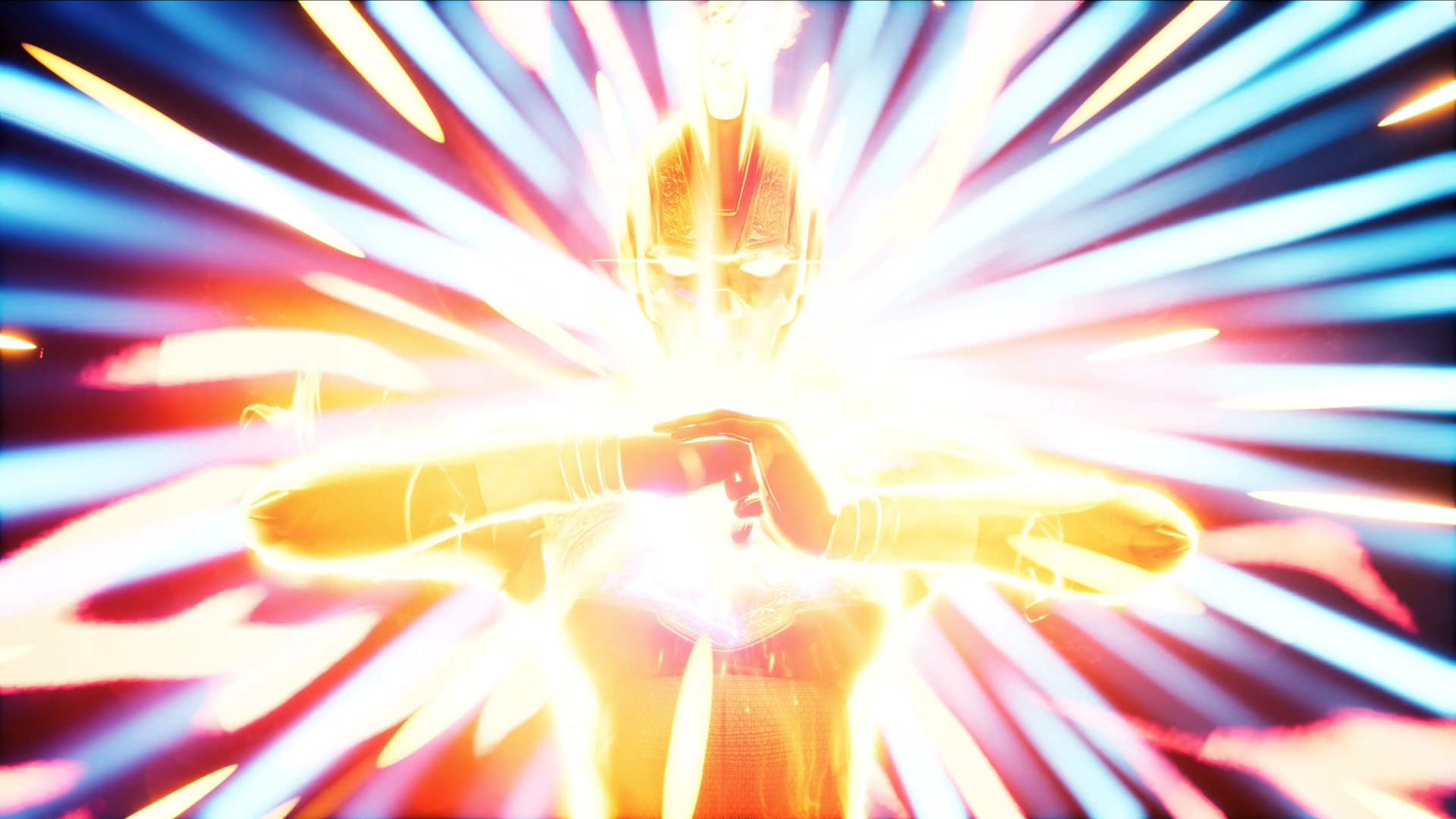Our Verdict
A superhero game that teases the brain as much as it can tug at the heart, with rich strategy mechanics, great writing, and wonderful characters. A few bugs and visual problems aside, this is a great tactical RPG.
When I signed up to write our Marvel’s Midnight Suns review, I didn’t expect to play what I can confidently say is the sleeper hit of the year. Over the course of sixty hours, the superhero game has continued to surprise me with brain teasing challenges, well-developed characters, and much, much more. Suffice to say, Firaxis has crafted a truly excellent tactical RPG that’s worthy of a place alongside the XCOM series and already has me hungry for more.
Marvel’s Midnight Suns wastes little time getting down to vibranium tacks, introducing you to its card-based combat almost immediately. While it takes a short while to properly wrap your head around what this system can offer, you’ll soon relish at the prospect of jumping into another mission as soon as possible once the training wheels come off.

Each card in Marvel’s Midnight Suns represents an ability or item that your team of superheroes can use to deal damage or apply status effects. Split into three types, powers include attacks, skills, and heroics – the latter being the most powerful kind. At the start of a turn, you’ll randomly draw from the decks of each supe, and then figure out how best to use what you’ve got to hand to accomplish your objectives or survive until the next turn.
Unlike XCOM, your abilities are always guaranteed to connect with their target, but there’s no way of knowing when exactly they’ll be available to you. This gives Marvel’s Midnight Suns a distinctly different flavour versus its spiritual predecessor. By removing the frustration that can come with hit percentiles, it allows you to focus solely on maximising resources to shape the battlefield in your favour on a turn-by-turn basis.
When I say “shape the battlefield”, I mean this in both the figurative and literal sense. Marvel’s Midnight Suns features destructible objects that you can use to deal large amounts of damage to your enemies. Although, they can also be used against you, thus making positioning an important strategic factor. This concept also extends to the environment itself, with combat arenas looking decidedly worse for wear after you’ve passed through, helping illustrate just how powerful your team is.
Like many of the best strategy games, each turn in Marvel’s Midnight Suns is as engaging as the last because they all feel like unique puzzles to unravel that each tease your brain. Should I focus my attentions on a particularly powerful enemy this turn, or prioritise trimming down their numbers? Is it worth redrawing some cards in my hand, or rolling with what I have already? What’s the ideal order to play my abilities in order to maximise my damage?
Successfully answering these questions is thoroughly satisfying, especially seeing galaxy brain plays come together. You needn’t worry about things growing stale, either, as Marvel’s Midnight Suns introduces new cards and heroes to you at a fairly steady rate. You’ll discover new strategies and synergies throughout your playtime.
Combat is just one part of Marvel’s Midnight Suns, however, and it’s through its character development and RPG mechanics where the game surprises me most. Leading the titular Midnight Suns requires you to navigate the team’s strong personalities, which often come into conflict with one another, in order to build a sense of camaraderie between them all.
You’ll do this as the first customisable hero in the Marvel Universe: The Hunter. They’re an ancient warrior and expert killer of all things demonic, tasked with putting a stop to the nefarious plans of Lilith, mother of demons, and averting the altogether apocalyptic prophecy of The Midnight Sun. While their personality is mostly set to stoic, you’ll be able to influence what kind of Hunter you want to be through dialogue choices, which affect the types of abilities available to them and how characters view them.
Naturally, a good deal of your downtime in Marvel’s Midnight Suns is spent conversing with the Marvel icons like Captain Marvel, Doctor Strange, and Iron Man, as well as some more obscure faces such as Nico Minoru and Magik. The thirteen playable heroes make for a great roster of characters, each with distinct abilities and personalities, while all being interesting and likeable in their own way.
Thankfully, both the voice acting and writing in Marvel’s Midnight Suns are underpinned by an ever apparent respect and passion for the source material it’s drawing from. Those intimately familiar with Marvel comic books should find much to chew on here with references to deep cuts in the universes’ lore, but Firaxis gracefully avoids the trap of alienating more casual fans like myself. As I spent more time with my team, the more I wanted to learn more about them, with Magik in particular prompting me to seek out more information on the wider X-Men: New Mutants series.
Much as the writers of Marvel’s Midnight Suns clearly love the original works they’re pulling from, they’re not afraid to have fun with them, either. The game has a good sense of humour, but it gratefully doesn’t get in the way of its quieter moments, something that the Marvel Cinematic Universe all too often falls prey to. That said, there are the occasional bits of banter that fall flat, especially after hearing it for the umpteenth time, but this is the exception rather than the rule.
After sharing many drinks together, rounds of cards, occasional dips in the pool, and even forming a book club, I feel like genuine bonds are forged between myself and the characters of Marvel’s Midnight Suns. Gamifying relationships can make interactions feel hollow in lesser role-playing games, but as my team and I approached the final mission, the game evoked memories of the best RPG games like Dragon Age: Origins and the Mass Effect series. I’m really going to miss these characters now that all is said and done, and I sincerely hope we get a sequel so that I can spend more time with them all.
I just wish that the visual presentation of Marvel’s Midnight Suns matched the quality of its writing and gameplay mechanics. To be clear, the majority of the game looks great, with many abilities being a feast for the eyes. It’s just that enough of it looks decidedly behind the times that it’s very noticeable, with character models unfortunately bearing the brunt of this problem.
While its team of superheroes look fantastic when they’re suited and booted, talking to them in their civvies can be a touch distracting for a couple of reasons. Firstly, the lack of detail in skin textures can leave characters like Blade looking somewhat washed out, while Tony Stark looks more like a Sim or plastic action figure. This comparison to toys isn’t helped by the predominantly stiff body and facial animations used throughout the game, with more intricate movements being relegated to pre-rendered cutscenes with a surprisingly low bitrate.
Aside from visual complaints, I also experienced a couple of game-breaking bugs and overall stability issues. The majority of missions proceeded without a hitch, but I did suffer an instance of never-ending spawns of enemies despite completing the objective. There was another where one unit refused to die, but I highly doubt there’s an immortal amongst Hydra’s ranks. The game also has a small tendency to crash while saving, forcing me to resume from an earlier autosave.
These are mostly forgivable blemishes on what is an otherwise fantastic game, though. I hope that Firaxis can fix these technical issues through patches, and I look forward to the modding community hopefully saving the day with some new texture packs.
Marvel’s Midnight Suns is a triumph, successfully moulding and mixing elements of the XCOM formula into something altogether different but nonetheless super. I truly hope that this will turn into a new series for the studio, particularly after watching the game’s goosebump-inducing post-credits scene. Now, if you’ll excuse me, my New Game+ run won’t start itself.
